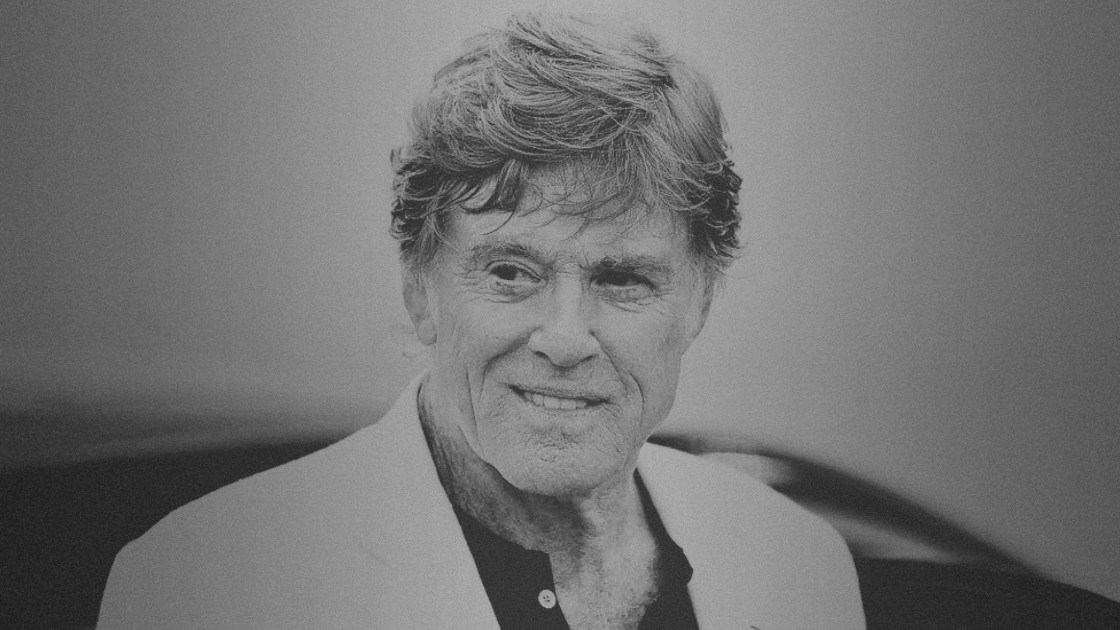
chevron_left
-
 play_arrow
play_arrow
105.1 TMC 105.1 TMC
-
 play_arrow
play_arrow
Cebu Calling Podcast Kuya Magik
Robert Redford, Hollywood Icon and Champion of Independent Film, Dies at 89

share
close
Robert Redford, an icon of American cinema, has died at the age of 89, at his home in Sundance, Utah, surrounded by those he loved. His publicist, Cindi Berger, confirmed the news. No cause of death was disclosed.
Redford was more than a handsome leading man—though his striking looks and charismatic presence helped launch him into the spotlight. He came to define a whole era of film, balancing commercial success with artistic ambition, and later, transforming the landscape of independent cinema itself.
Born August 18, 1936, in Santa Monica, California, Redford’s early life was marked by modest beginnings. He struggled with direction in his youth, drifting through college and grappling with an unsettled formative period before discovering acting.
He first made his mark on stage and television in the 1950s, and gradually in film during the 1960s. Roles in Barefoot in the Park and This Property Is Condemned helped establish him as a serious actor.
His breakout performance came in 1969’s Butch Cassidy and the Sundance Kid, in which he played the character “Sundance.” The film not only made him a household name but also led him to a lifelong connection with the Utah region that later bore his character’s name.
He followed that success with The Sting (1973), All the President’s Men (1976), Three Days of the Condor, The Way We Were, among others—roles that showed his versatility, from romantic leads to political dramas.
Although highly respected by critics and audiences, Redford was never awarded a competitive Oscar for acting. He did win an Academy Award for directing Ordinary People in 1980.
Perhaps Redford’s most enduring legacy lies in his creation of the Sundance Institute and the Sundance Film Festival. Founded in the early 1980s, the institute was conceived as a space to nurture filmmakers who existed outside the mainstream studio system.
The festival offered up-and-coming artists a platform to have their voices heard, helping launch careers like those of Quentin Tarantino, Paul Thomas Anderson, Ava DuVernay, and numerous others.
Through labs, residencies, and mentorship programs, the Sundance Institute supported tens of thousands of early-career creators. Over the decades, the festival also became a marketplace where independent films could be discovered, seen, and distributed—even in a system often dominated by big-budget blockbusters.
Redford was known to be somewhat private, preferring the quieter life in Utah even as his name became synonymous with Hollywood fame. Friends and collaborators often described him as possessing a “rebel heart”: handsome and polished in appearance, yet with complexity and depth beneath the surface.
He lived in a place that was reflective of his values—both the literal mountain home of Sundance and the metaphorical mountain of independence and artistic freedom.
Since news of his death became public, tributes have poured in from across film, media, and public life. Colleagues remembered not only his great artistry and screen presence, but also his integrity, generosity, and lifelong commitment to creative freedom.
Robert Redford leaves behind a body of work that is vast in both popular appeal and artistic influence. He helped define Hollywood in the 1970s; he directed films that tackled personal and political themes; and with Sundance, he changed the game for independent film in America.
He is survived by his partner, Sibylle Szaggars Redford, his daughters Shauna Jean and Amy Hart, and several grandchildren.
With his passing, the film world loses not just one of its brightest stars, but a guiding force who reshaped how stories are told—and who gets to tell them. The impact of his films, and of the institution he built, will long outlive the man himself.
Written by: topsmediacenter
Rate it
Latest posts
Current show

TMC Local Flavours
A selection of songs, made and brewed locally, to tingle your taste buds.
closeUpcoming shows

Top Of The Morning
8:00 am - 9:30 am

News Bites
9:30 am - 10:00 am

Top Of The Morning
10:00 am - 1:00 pm

The Magik Hour
1:00 pm - 2:00 pm

TMC Local Flavours
2:00 pm - 7:00 pm
All rights reserved - Copyright 2025 - Tops Media Center








